Board Collaboration Software is a digital tool designed to improve communication, cooperation, and productivity among board members within an organization. This software provides a unified platform where board members can share files, brainstorm ideas, schedule meetings, manage tasks, and track progress on projects in real-time. It enhances accountability, transparency, and decision-making by providing functionalities like vote casting, minute taking, and role-based access controls. Furthermore, with its assistance, organizations can secure their sensitive data and mitigate compliance risks, making it a valuable asset for efficient board management.
The Best Products
Board Collaboration Software: Our Recommendations
Pick #1: Our Software
ZipDo
ZipDo, a cloud-powered board collaboration tool, reimagines teamwork by innovating how meeting records are generated, structured, and disseminated. Its live record-keeping, collaborative editing, and synchronous calendar and productivity tool integrations make it irreplaceable for boards of any size.
A unique attribute of ZipDo lies in its live note-taking feature, which guarantees keeping all board members aligned during meetings, thereby eradicating the necessity of old-school note-passing. After the meeting, board members can effortlessly add and amend notes, ensuring current and relevant data.
ZipDo leads in record organization, facilitating effortless sorting into channels or portfolios. The ability to search records refines efficiency, permitting quick retrieval of specific data without the inconvenience of long-winding scrolls or manual investigations.
Granular access control further empowers ZipDo’s record dissemination, assuring the secure conveyance of board-specific data to fellow board members, stakeholders, or partners. Synchronizations with calendars automate the joint creation of notes for each board meeting, eradicating manual input.
In conclusion, ZipDo is an intuitive board collaboration software. With detailed features for boosting board effectiveness, fostering collaboration, and overseeing project management, it empowers boards like never before. Its live note-taking, collaborative alteration, organized archives, searchability, sharing options, and integrations render it priceless, smoothing the board meeting processes and assuring the effective progression of projects.
Pick #2
Slack
Slack is a digital hub that serves as a collaboration platform for teams and organizations.The primary purpose of the platform, particularly as a Board Collaboration Software, is to streamline communication and cooperation within a business setting. The software allows individuals to create dedicated spaces, ‘channels’, for conversations, share files, partake in video/audio calls, and integrates with numerous other productivity and business applications. This significantly reduces email dependency and encourages real-time, focused collaboration, making it easier for board members and teams to make decisions and keep track of major discussions and projects.
Pick #3
Trello

Trello is a web-based project management application that is designed for team collaboration. This Board Collaboration Software operates on a freemium model and uses the Kanban board system, which allows team members to visualize the workflow of project tasks. Trello’s boards, lists, and cards enable you to organize and prioritize your personal and work life in a flexible and rewarding manner. It’s highly interactive, customizable and easy to use, which makes it a popular tool for project management, task tracking and team collaboration in diverse sectors. Each card indicates a task and you can comment, attach files, create checklists, add labels and due dates.
Pick #4
Asana
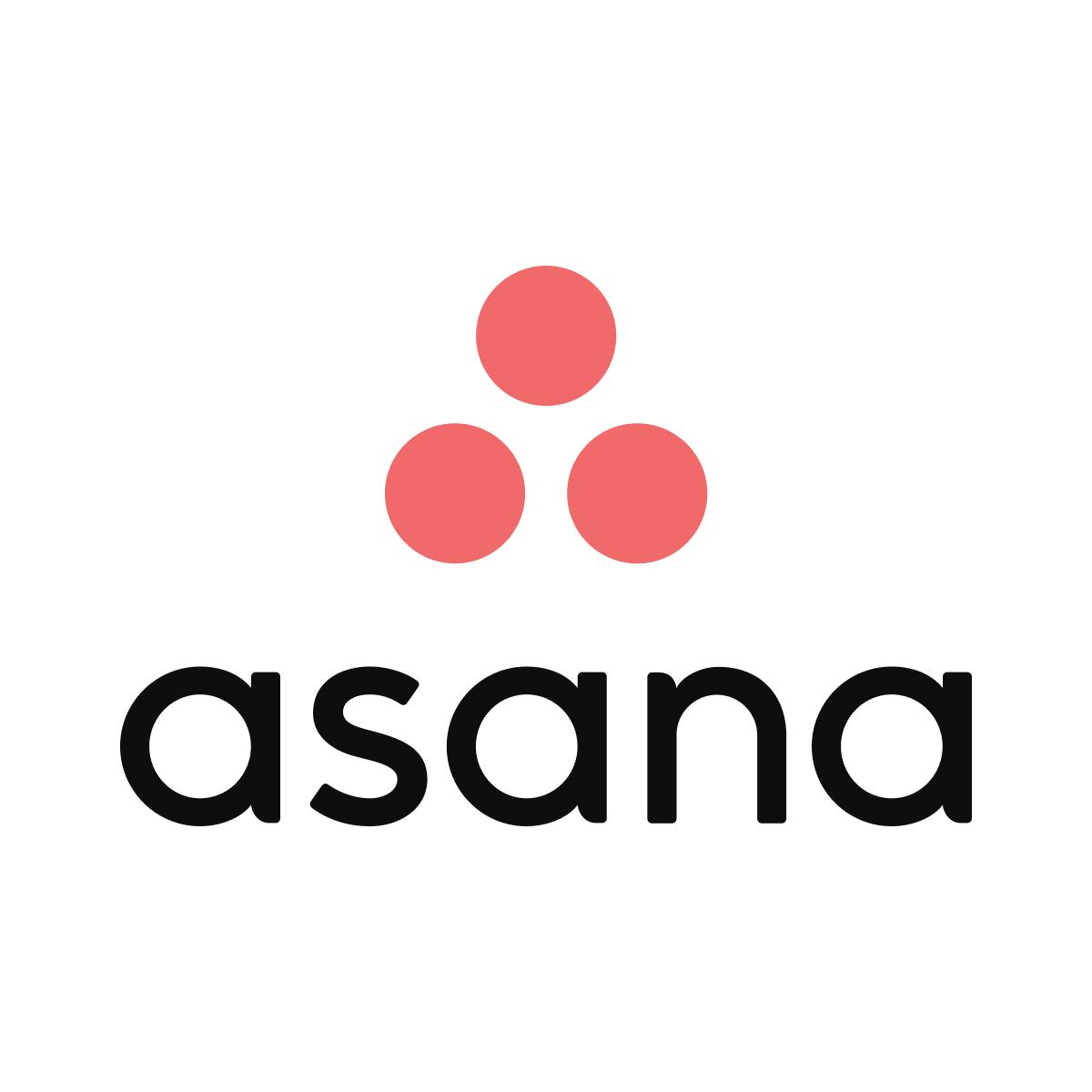
Asana is a board collaboration software designed to improve team efficiency and productivity. It offers a visually appealing and intuitive platform where users can plan, organize, and manage their work. Asana enables teams to break down projects into manageable tasks, assign responsibilities, set deadlines, and track progress in real-time. It facilitates seamless communication and collaboration by allowing file attachments, comments, and updates within tasks. This all-in-one project management tool integrates with various third-party applications, making it an effective solution for streamlining workflows and ensuring project success.
Pick #5
Microsoft Teams
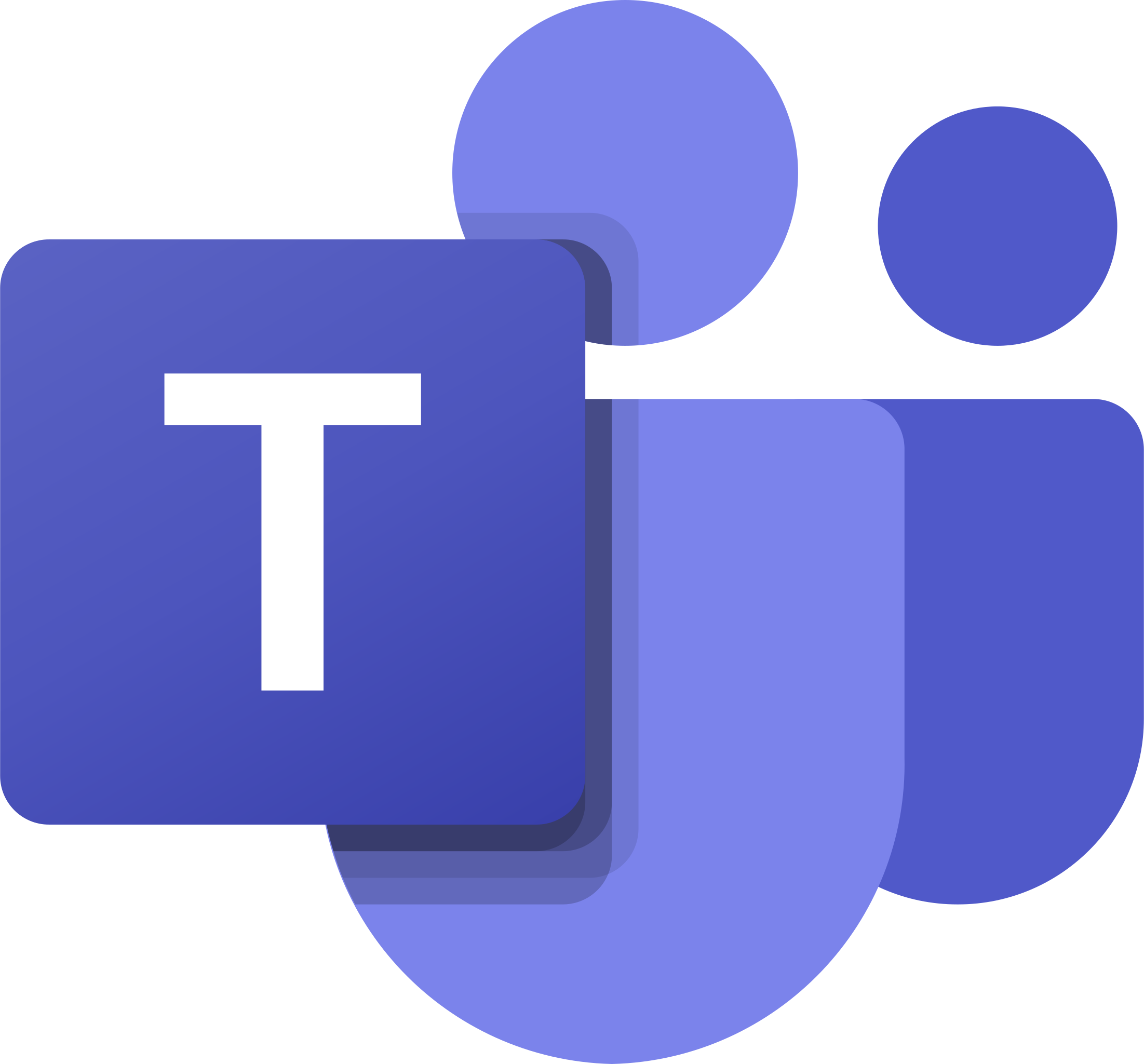
Microsoft Teams is a robust board collaboration software that facilitates seamless communication and collaboration within a virtual team or board environment. As a part of its Office 365 suite, Microsoft Teams provides a platform for members to interact via instant messaging, voice, and video calls, as well as share and co-edit documents in real-time. It integrates with other Microsoft applications and numerous third-party apps, enabling a more efficient workflow through a centralized space. Microsoft Teams also offers features such as channels for topic-specific discussions, meeting scheduling, task assignment, and even the use of bots for automating routine tasks, ensuring that boards can operate effectively remotely.
Pick #6
Google Workspace

Google Workspace, previously known as G Suite, serves as a robust, comprehensive Board Collaboration Software by providing a range of cloud-based applications and tools designed for effective and efficient collaboration. Capitalizing on popular Google services such as Gmail, Google Drive, Google Docs, Sheets, Slides, and Google Meet, it allows board members to seamlessly create, share, and edit files in real-time, organize virtual meetings, manage emails, create calendars for schedule planning, and more. Through its consolidated interface and advanced security features, Google Workspace enhances communication and decision-making processes in a secure environment and contributes to streamlined strategic board management.
Pick #7
Basecamp
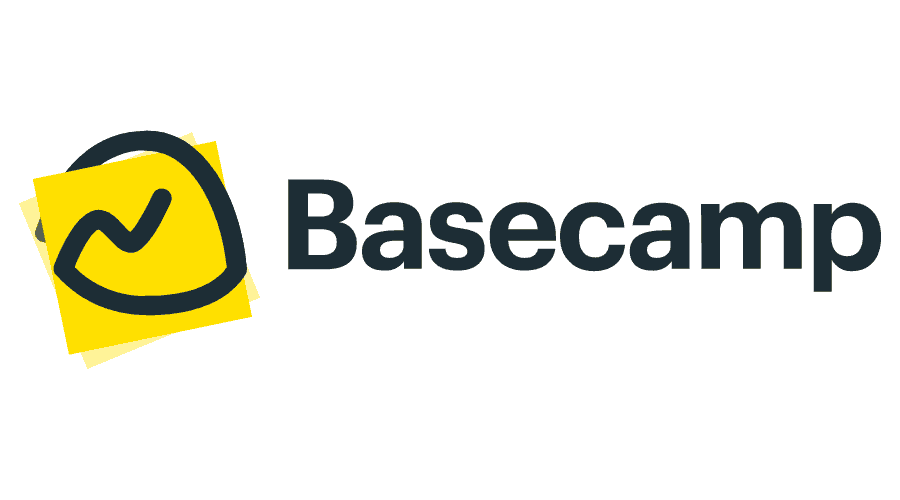
Basecamp is a leading web-based project management and collaboration tool that allows board members and teams to effectively communicate, project plan, delegate tasks, and track progress. With features such as message boards, check-in questions, to-dos, documents and file storage, and a centralized scheduling system, it streamlines board interaction and collaboration by keeping all project-related details and conversations neatly organized and accessible in one place. Basecamp is specifically designed to simplify remote collaboration, promoting transparency and efficiency in completing tasks and managing projects.
Pick #8
Monday.com

Monday.com is a cloud-based project management and team collaboration tool that simplifies complex workflows and tasks. It is often referred to as a Board Collaboration Software because it allows team members to visually manage and organize all their work in one place through the use of boards. This can include everything from task tracking and resource allocation, to progress monitoring and decision-making. Monday.comoffers a customizable and flexible interface that caters to different working styles and needs, thereby fostering improved productivity and efficiency in teams.
Pick #9
Zoho Projects
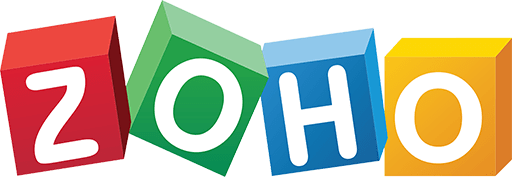
Zoho Projects is a comprehensive project management and board collaboration software that assists teams in organizing their work and tasks efficiently. It features tools for task and project management, time tracking, document management, and sharing, as well as multiple options for visualizing work progress, such as Gantt charts, Kanban boards, and custom reports. With its rich, intuitive team collaboration features such as forums, pages, chat and video conferencing, Zoho Projects enhances team communication, facilitating seamless collaboration, swift decision-making, and streamlined completion of projects.
Pick #10
Confluence
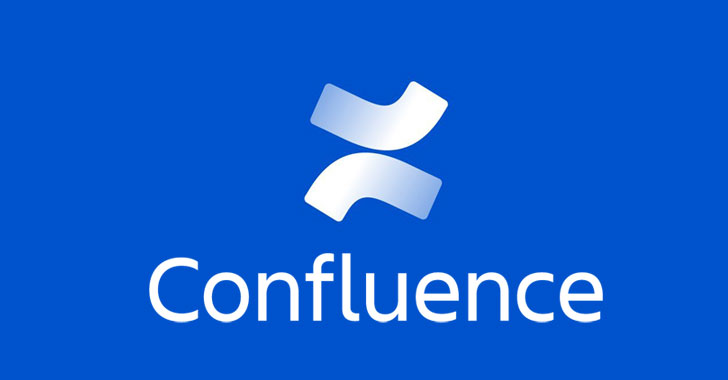
Confluence is a board collaboration software developed by Atlassian. It functions as a shared workspace where teams can collaborate and share information efficiently. Equipped with features that facilitate a powerful search, page and file versioning, project planning, and more, it is designed to bring transparency and maximized efficiency for board management in real-time. Ideas, agendas, and documents can be organized with its flexible layout, whilst reducing email clutter and streamlining decision-making – making it a powerful tool for project management, content creation, and knowledge sharing among team members across the globe.
Pick #11
Smartsheet

Smartsheet is a robust and flexible board collaboration software that enables teams to plan, manage, and report on projects in real-time, assisting them in streamlining operations and making informed decisions. It provides a platform to work on tasks, track their progress, manage calendars, share documents, and structure workflow, fostering enhanced communication and productivity. It’s known for its intuitive spreadsheet-like interface and a range of integrations with other popular work tools like Microsoft Office, Google Suite, Slack, and more. From large-scale projects to simple task management, Smartsheet provides collaborative solutions adaptable to various industries and company sizes.
Board Collaboration Software: Key Features
Board collaboration software streamlines the decision-making process for teams and organizations by offering a suite of key features designed to enhance communication, project management, and strategic planning. At its core, this type of software provides a centralized platform where members can easily access and share documents, manage meeting schedules, and archive minutes and resolutions, ensuring everyone is on the same page. Real-time collaboration tools, such as discussion forums and voting systems, foster a collaborative environment, allowing for immediate feedback and collective decision-making.
Moreover, security characteristics play a pivotal role, with advanced encryption and authentication methods ensuring that sensitive information remains confidential and accessible only to authorized users. Task assignment and progress tracking functionalities enable efficient workflow management, helping teams to meet their objectives on time. By integrating these features, board collaboration software becomes an indispensable tool for organizational governance, facilitating streamlined processes, enhanced teamwork, and effective leadership.
Buying Criteria
Selecting the right board collaboration software requires careful consideration of your organization’s unique needs and goals. Begin by assessing your board’s size, diversity, and the complexity of the projects you typically manage. Look for software that offers intuitive features like real-time communication, document sharing, and task management. These capabilities foster a collaborative environment, enabling board members to work efficiently regardless of their geographical location. Pay special attention to security features to ensure that sensitive information remains protected.
Moreover, scalability is a crucial factor; choose a platform that can grow alongside your organization. Opt for software that provides flexible customization options, allowing you to tailor the tool to your board’s specific workflows and processes. Equally, consider the level of support and training the software offers. A platform with comprehensive user guides, reliable customer support, and training materials can dramatically reduce the learning curve, ensuring your board collaborates effectively right from the start.
Benefits
Investing in board collaboration software is a strategic move for organizations that find themselves scaling rapidly, dealing with complex projects requiring cross-team collaboration, or facing the need for more efficient and secure communication among board members. It becomes crucial when the volume of data and decisions that need to be securely managed and accessed grows beyond the capacity of traditional methods. Similarly, if a company is stretched across different geographical locations, requiring frequent, real-time updates and collaborations, this software can significantly streamline processes, ensuring all members are aligned, informed, and able to contribute effectively regardless of their location.
On the other hand, it may not make sense to invest in board collaboration software for small startups or businesses with a limited number of employees, where simpler, less costly communication methods suffice. If the organization’s operations involve minimal complexity and decision-making processes are streamlined and centralized, the added expense and learning curve associated with implementing a new software system could outweigh its benefits. Furthermore, companies in the early stages of development, focusing on minimal viable products or services, might prioritize direct, personal communication and lean operations over adopting advanced digital collaboration tools, especially when budget constraints are a significant consideration.
Popular Questions
What is board collaboration software?Why is board collaboration software important?How does a board collaboration software improve security?Is there a difference between collaboration software and board collaboration software?Can board collaboration software integrate with other software?
Board collaboration software is a type of software specifically designed to facilitate collaboration and communication between board members. It usually includes features for document sharing, meeting scheduling, task management, messaging, and more.
Board collaboration software is essential as it ensures seamless and efficient operations of the board. It simplifies communication, promotes transparency, aids in decision-making, and enhances productivity by centralizing board-related documents and tasks.
Board collaboration software ensures that all sensitive documents and communication are secure. It often includes features like two-factor authentication, end-to-end encryption, and permission controls to prevent unauthorized access.
Yes. While both types of software aim to facilitate collaboration, board collaboration software is specifically designed to cater to the unique needs of board members – such as agenda management, board voting, and secure minute-taking. Regular collaboration software may not include these specific features.
Yes, most board collaboration software are designed to integrate with other business software, including email clients, calendar systems, and document management systems. The aim is to provide a seamless experience and to centralize all information and communication related to board activity.


